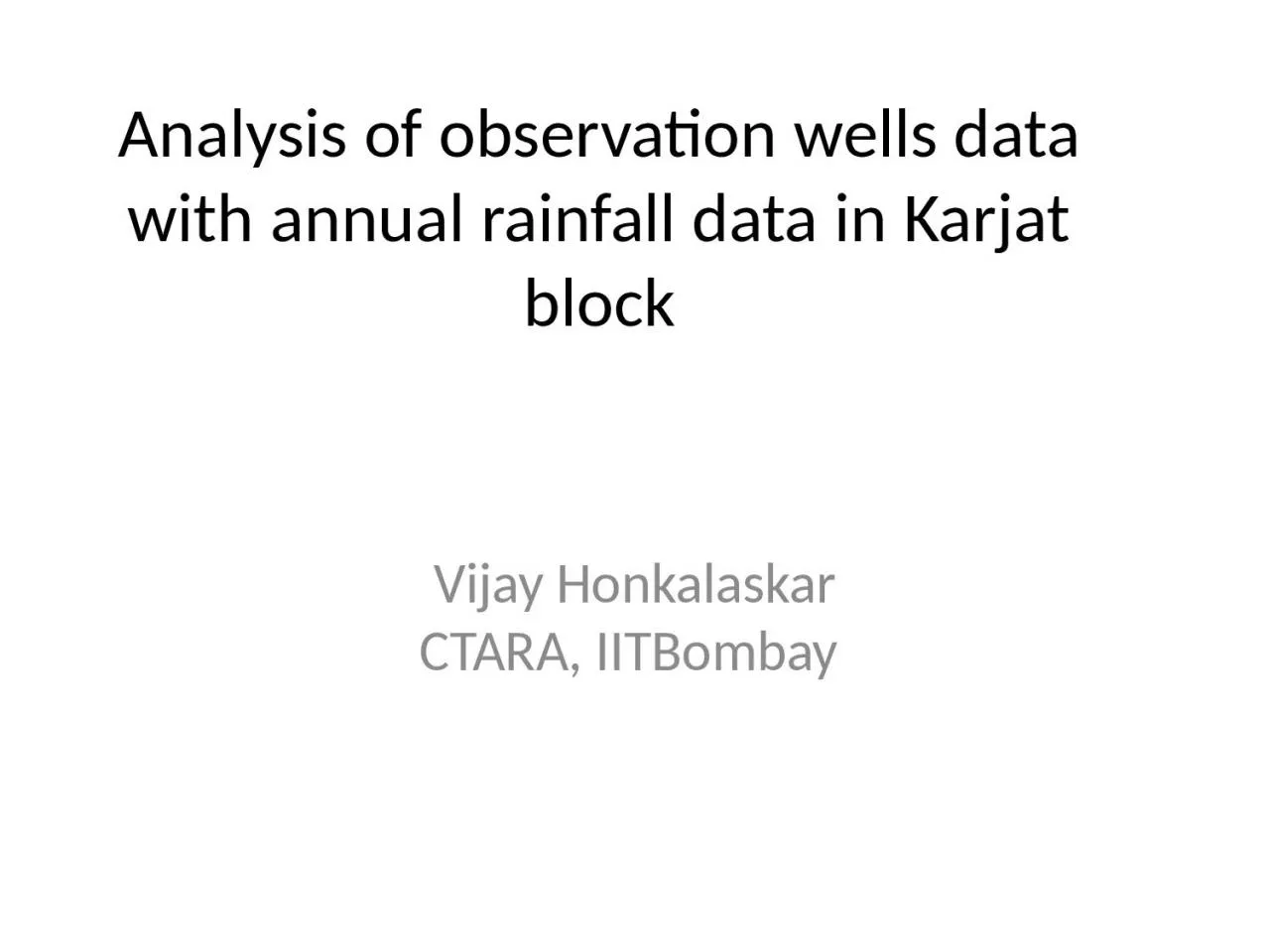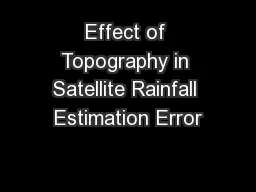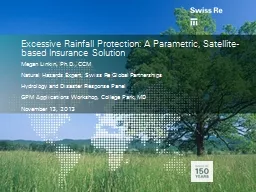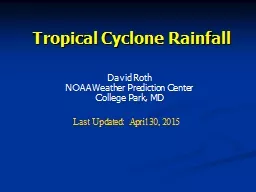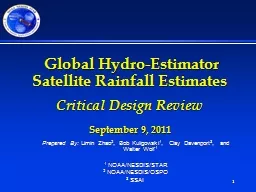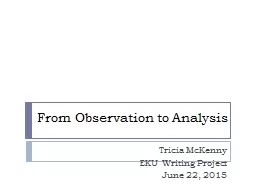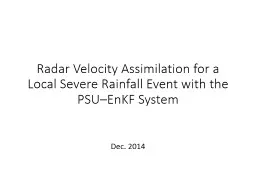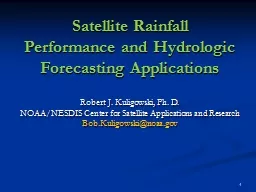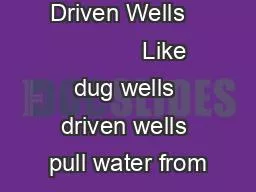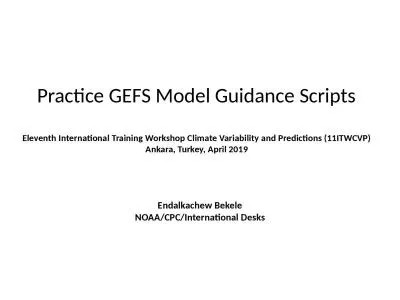PPT-Analysis of observation wells data with annual rainfall data in
Author : trinity | Published Date : 2023-10-29
Karjat block Vijay Honkalaskar CTARA IITBombay Introduction GSDA documentation of observation wells data of Karjat block Analysis of this data against rainfall
Presentation Embed Code
Download Presentation
Download Presentation The PPT/PDF document "Analysis of observation wells data with ..." is the property of its rightful owner. Permission is granted to download and print the materials on this website for personal, non-commercial use only, and to display it on your personal computer provided you do not modify the materials and that you retain all copyright notices contained in the materials. By downloading content from our website, you accept the terms of this agreement.
Analysis of observation wells data with annual rainfall data in: Transcript
Download Rules Of Document
"Analysis of observation wells data with annual rainfall data in"The content belongs to its owner. You may download and print it for personal use, without modification, and keep all copyright notices. By downloading, you agree to these terms.
Related Documents

